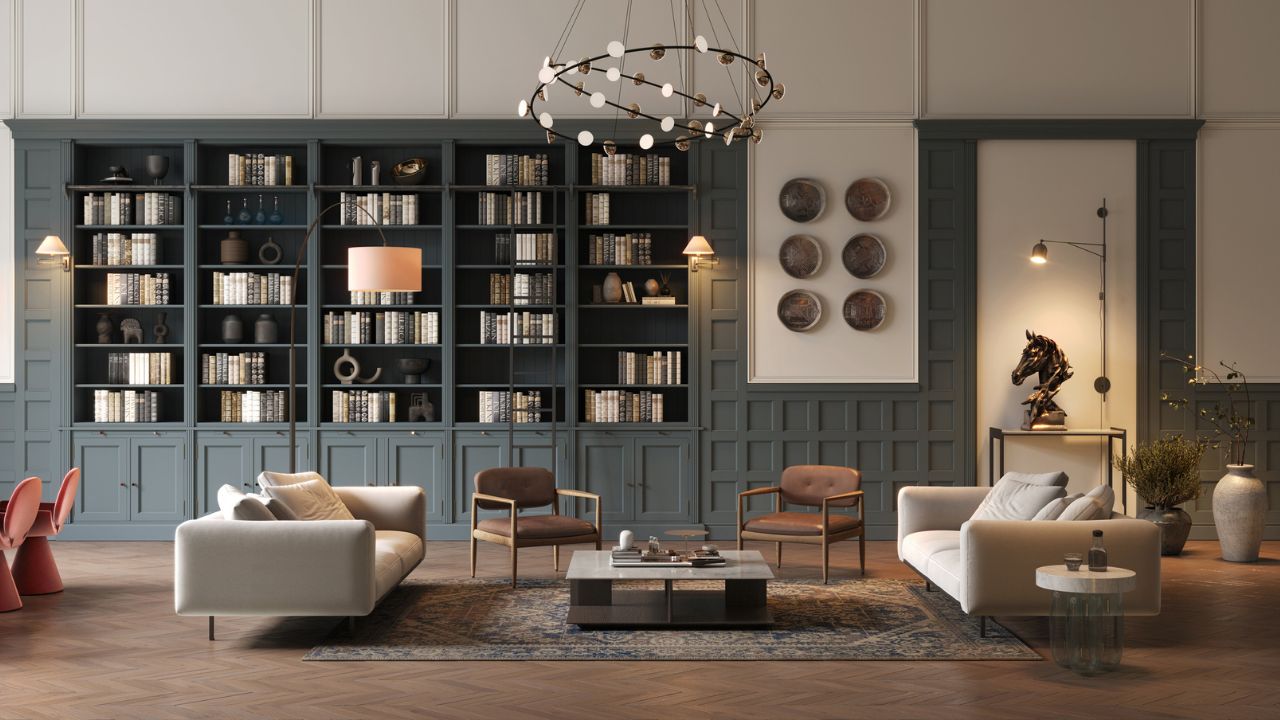Analysis of over 115,000 listings on realestate.com.au by Sovereign Interiors reveals that homes marketed as “interior designer-designed” or “architect-designed” are selling for substantially higher prices than comparable properties in the same areas.
The research examined listings across Australia, categorising properties by bedroom count and suburb to determine the precise value added by professional design.
In Wembley, Western Australia, professionally designed two-bedroom homes are selling for 120.25 per cent more than their non-designed counterparts, representing an average premium of $566,435.
Lindisfarne in Tasmania showed similar results, with designed three-bedroom homes commanding a 117.60 per cent premium, equating to an additional $886,858 in value.
Wembley Downs in Western Australia rounded out the top three locations, with designer two-bedroom homes achieving a 90.61 per cent premium, or an average of $670,259 more than standard properties.
Cayley Scrooby, interior stylist at Sovereign Interiors, said these findings really reinforce what she sees every day.
“Well-considered design doesn’t just make a home more beautiful, it makes it more valuable. In Australia’s competitive property market, buyers are increasingly drawn to homes that offer a sense of flow, quality and functionality,” Ms Scrooby said.
The research indicates that in today’s design-conscious market, professional interior design has evolved from a luxury to a strategic investment that delivers measurable returns.
Ms Scrooby said that emotional response is a key factor driving buyers to pay premium prices for well-designed spaces.
“A professionally designed space isn’t just about luxury finishes, it’s about how a home feels to live in,” she said.
“That emotional response is what often pushes a buyer to pay more.”

The study suggests that in suburbs like Wembley, where compact homes appeal to downsizers, thoughtful design that maximises storage, light, and flow is particularly valuable.
In Lindisfarne, homes where interior design reflects the natural Tasmanian landscape while improving daily living through spatial planning and material selection are achieving the highest premiums.
For homeowners looking to increase property value, Ms Scrooby recommends focusing on three key design principles including maximising natural light, choosing quality materials over trends, and designing with practical daily living in mind.
“Light changes everything,” Ms Scrooby said.
“It’s the first thing people notice when they walk into a room, and the last thing they’ll forget. A space that feels light-filled instantly feels more open and calm.”
She advises homeowners to invest in timeless materials rather than following short-lived trends, noting that buyers can recognise quality and craftsmanship.
“When buyers walk into a home, they can tell if it’s been built to last,” she said.
“They’re not just looking at style, they’re looking at care, at permanence.
“That’s what quality materials communicate.”
The research involved analysing listings from realestate.com.au across all states and territories, focusing on the most populous suburbs in each jurisdiction and categorising properties by bedroom count for fair price comparison.
Ms Scrooby said that practical design elements often create the strongest emotional connections with potential buyers.
“It’s the practical stuff people fall in love with, even if they don’t realise it at first,” she said.
“When a layout flows and a home supports your day-to-day life, that’s what creates real value.
“If a home feels easy to live in, it’s going to be easy to fall in love with too.”

